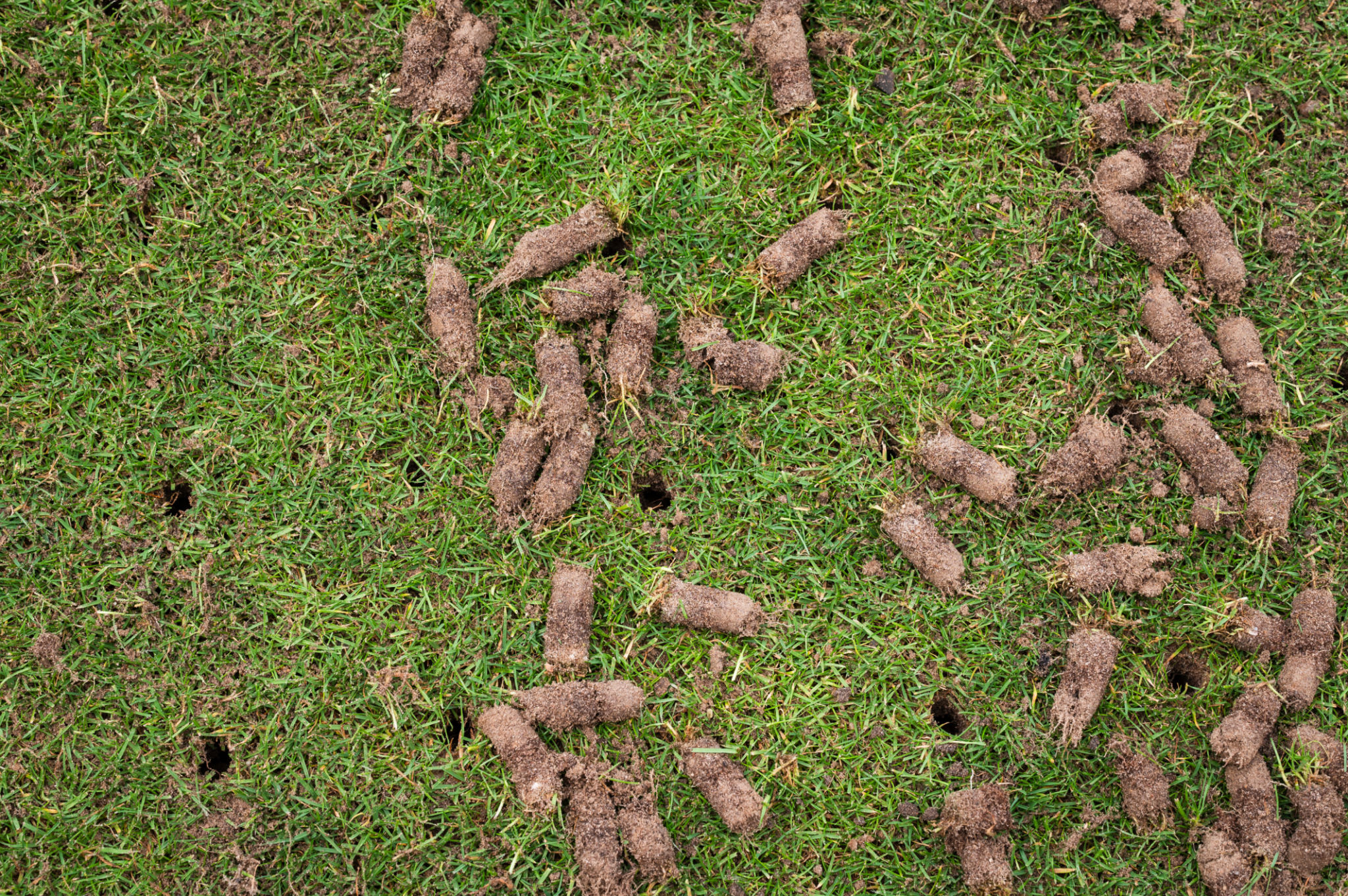Preparing Your Lawn for Winter: Seasonal Lawn Care Tips
Understanding Your Lawn's Needs
As the crisp autumn air begins to settle in, it's essential to start thinking about preparing your lawn for the winter months. A little attention now can ensure a lush, green lawn come spring. Understanding your lawn's specific needs during this seasonal transition is the first step in achieving a beautiful yard year-round.
Soil Aeration
Aeration is a critical process that helps your lawn breathe. Over time, soil can become compacted, limiting the flow of air, water, and nutrients. By aerating your lawn, you allow these vital elements to penetrate deeper into the soil, promoting stronger root growth. This process involves perforating the soil with small holes to alleviate compaction.

Fertilize for Future Growth
Fertilizing your lawn in the fall is an excellent way to provide essential nutrients that will be stored in the roots over winter. A fertilizer high in potassium will help strengthen roots, making the grass more resilient to winter stress. It's important to apply fertilizer before the ground freezes to ensure it can absorb into the soil effectively.
Timing Is Everything
Applying fertilizer at the right time is crucial. Late fall is ideal, as it allows the grass to absorb nutrients and prepare for dormancy. Always follow the instructions on your fertilizer package for best results, and avoid applying it too late in the season, as this can lead to nutrient runoff.

Mowing and Leaf Management
As growth slows down in cooler temperatures, you should adjust your mowing routine. Gradually reduce the cutting height of your mower to prevent matting under snow. Additionally, regular leaf removal is essential. Leaves left on the grass can trap moisture and block sunlight, potentially leading to mold growth or dead patches.
Proper Mowing Height
Keep your grass at a height of about 2 to 2.5 inches during the final mowing of the season. This height helps protect your lawn from frost damage while ensuring adequate sunlight reaches the grass blades.

Overseeding for a Thicker Lawn
Overseeding is another valuable step in preparing your lawn for winter. This process involves spreading grass seed over existing turf to fill in bare spots and thicken the lawn overall. A denser lawn not only looks better but also helps crowd out weeds.
Choosing the Right Seed
Select a grass seed that matches your current lawn type for consistent growth. Cool-season grasses are typically best for overseeding in fall, as they germinate quickly and establish well before winter.
Water Wisely
While it's true that lawns require less water in cooler months, it's still essential to ensure they remain hydrated until the ground freezes. Regular watering helps maintain root health and prepares your lawn for dormancy.
By following these seasonal lawn care tips, you can ensure a healthy, vibrant lawn once spring arrives. Taking these proactive steps will save you time and effort in the future, allowing you to enjoy a beautiful outdoor space year-round.